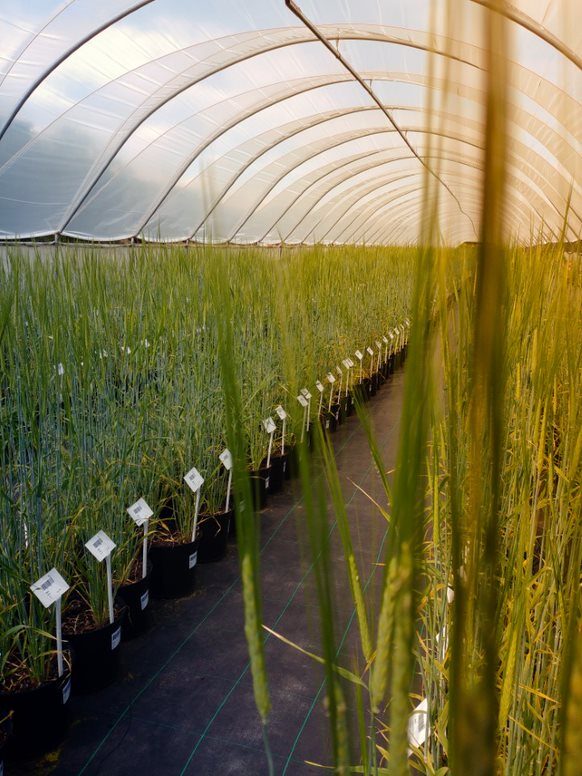SCIENTISTS at two Scottish scientific institutions are exploring the new uses of barley to investigate ways to improve its yield.
Experts from the University of Dundee and James Hutton Institute have cooperated with scientists from across Europe to uncover new uses for the versatile crop.
This research was provoked by the crucial need of boosting the world food supply, with the increasing global population, and pressures from climate change and politics.
Best known as the basis of whisky, Scottish scientists are looking to distill a new future for barley.

The study, now referred to as BEST-CROP, will analyse barley’s various varieties to determine how they can be enhanced to increase yield.
The research will examine whether the grass can be used in new ways, such as making chemical and architectural materials.
University experts will utilise their skills to provide barley straw for the project, tailored for potential diverse uses.
Counterparts at the James Hutton Institute, meanwhile, will screen and identify barley for new variants with useful properties and run field trials using this barley in liaison with other project partners from across Europe.
Funded by the European Union’s Horizon Europe Research and Innovation Programme and UK Research and Innovation (UKRI), under the UK government’s Horizon Europe funding guarantee, the BEST CROP project targets barley as it is a major crop worldwide.
The European Union produces the largest share (almost 55 Mt grain/yr) and an almost equivalent amount of straw covering about 10% of EU arable land.
Overall, the BEST-CROP project aims to mitigate ozone air pollution extremes during drought and address the global food security crisis by delivering highly productive barley breeding lines.
It also aims to boost the use of barley straw in making materials for the feed and building sectors, to replace products currently made using non-environmentally friendly methods.
With a total funding of almost €6m, the BEST-CROP project will start in July 2023 and end in June 2028.
Claire Halpin, a Professor of Plant Sciences at Dundee’s School of Life Sciences, said, “Barley has always been known as a versatile ingredient in food and drink, but as we look to make our way of life more sustainable, we are beginning to look at this crop in a new way.
“The University is an internationally-recognised leader in plant sciences and we will use our expertise here to develop barley straw with novel properties.
“For example, varying straw quality and composition could allow it to be used to produce bio-based sustainable industrial chemicals, reducing CO2 emissions and our reliance on fossil fuels, or making it suitable as a composite material for construction panels.
“As a city, Dundee has exceptional expertise in the field of plant sciences, evidenced by our involvement in this exciting, expansive project.
“We work closely with our colleagues at the James Hutton Institute and the next five years promise to be hugely exciting as we attempt to evolve barley into an even more useful crop.”
Dr Kelly Houston, a barley geneticist at the James Hutton Institute , home of the International Barley Hub, said, “Barley is one of the world’s most prevalent crops and crucial to the global food and drink sector.
“It is obviously integral to the whisky industry here in Scotland, as well as a vital source of animal feed and malt for beer, so the relevance of this study cannot be understated.
“Barley is under pressure from both a growing global population and its need to remain resilient in the face of increased risk of floods and drought prompted by climate change, so the research we are undertaking here in Dundee could have significant real-world outcomes.
“As experts in the cultivation of barley, we are excited about the potential of this project which will reimagine very diverse uses for barley whilst looking to improve yield.
“We very much look forward to working with our colleagues from across Europe on BEST-CROP”.

